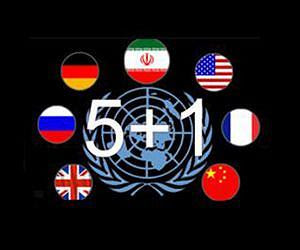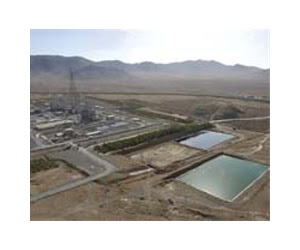The transient workforce of nuclear professionals who offer their
services internationally and are therefore exposed to radiation at
several different facilities sometimes do not get screened or tracked
for cumulative radiation exposure. Regulations require nuclear
facilities to track exposure for regular employees and stipulate that
they cannot continue to work once they have reached the threshold set
for the facility. But mobile workers could fall outside of these
boundaries, moving from place to place, and can be at risk of
overexposure.
‘Radiation Protection of Itinerant Workers’, issued last month as part of the IAEA’s Safety Report series, provides comprehensive and up-to-date information on safety rules, procedures and applicable measures for these mobile workers.
“This Safety Report takes into account the substantial changes in requirements and practices in occupational radiation protection that have occurred over the past decade,” said Jizeng Ma, Head of the Occupational Radiation Protection Unit at the IAEA. “Before developing these safety guidelines, we had to get enough good examples to assess the levels of radiation exposure that these workers could face and this specific report provides clearly defined safety guidance that regulatory authorities need to follow for the ‘mobile workers’ who carry out specific tasks in the nuclear sector or in medical sectors.”
Radiation protection for all workers
Services provided by this group of workers include maintenance tasks, where contracted workers may be required to work at a facility, during normal operations, shutdown or the maintenance of a section of the plant. The same contract workers could then also be deployed to another plant or power station. Safety procedures should be applied to them across all nuclear facilities. Contracted workers also provide specialized services, for instance, in the removal of scale and sediment from within pipes and vessels, the transport of radioactive waste, or the loading or changing of radioactive sources at irradiation facilities. These services also require enhanced levels of radiation protection for mobile workers while performing these tasks.
In addition, the report stresses the importance of a robust safety culture at all levels of an organisation. ‘Safety culture’ is about the characteristics and attitudes in individuals and organizations that help to ensure utmost attention is given to protection and safety issues.
“It also highlights the importance of radiation dose tracking, ensuring health surveillance, and training in the safety measures to be implemented,” Ma said. The IAEA encourages all Member States to have a national dose registry system in line with the IAEA Safety Standards.
The objectives of this publication includes the need for communication and cooperation, as well as allocating clearly defined responsibilities among the management of nuclear facilities and activities, regulatory authorities, operators and itinerant workers.
The IAEA continues to strengthen and promote high levels of radiation safety standards in all areas of nuclear science and technology and protect human health and the environment against dangerous levels of ionizing radiation.
‘Radiation Protection of Itinerant Workers’, issued last month as part of the IAEA’s Safety Report series, provides comprehensive and up-to-date information on safety rules, procedures and applicable measures for these mobile workers.
“This Safety Report takes into account the substantial changes in requirements and practices in occupational radiation protection that have occurred over the past decade,” said Jizeng Ma, Head of the Occupational Radiation Protection Unit at the IAEA. “Before developing these safety guidelines, we had to get enough good examples to assess the levels of radiation exposure that these workers could face and this specific report provides clearly defined safety guidance that regulatory authorities need to follow for the ‘mobile workers’ who carry out specific tasks in the nuclear sector or in medical sectors.”
Radiation protection for all workers
Services provided by this group of workers include maintenance tasks, where contracted workers may be required to work at a facility, during normal operations, shutdown or the maintenance of a section of the plant. The same contract workers could then also be deployed to another plant or power station. Safety procedures should be applied to them across all nuclear facilities. Contracted workers also provide specialized services, for instance, in the removal of scale and sediment from within pipes and vessels, the transport of radioactive waste, or the loading or changing of radioactive sources at irradiation facilities. These services also require enhanced levels of radiation protection for mobile workers while performing these tasks.
In addition, the report stresses the importance of a robust safety culture at all levels of an organisation. ‘Safety culture’ is about the characteristics and attitudes in individuals and organizations that help to ensure utmost attention is given to protection and safety issues.
“It also highlights the importance of radiation dose tracking, ensuring health surveillance, and training in the safety measures to be implemented,” Ma said. The IAEA encourages all Member States to have a national dose registry system in line with the IAEA Safety Standards.
The objectives of this publication includes the need for communication and cooperation, as well as allocating clearly defined responsibilities among the management of nuclear facilities and activities, regulatory authorities, operators and itinerant workers.
The IAEA continues to strengthen and promote high levels of radiation safety standards in all areas of nuclear science and technology and protect human health and the environment against dangerous levels of ionizing radiation.



















